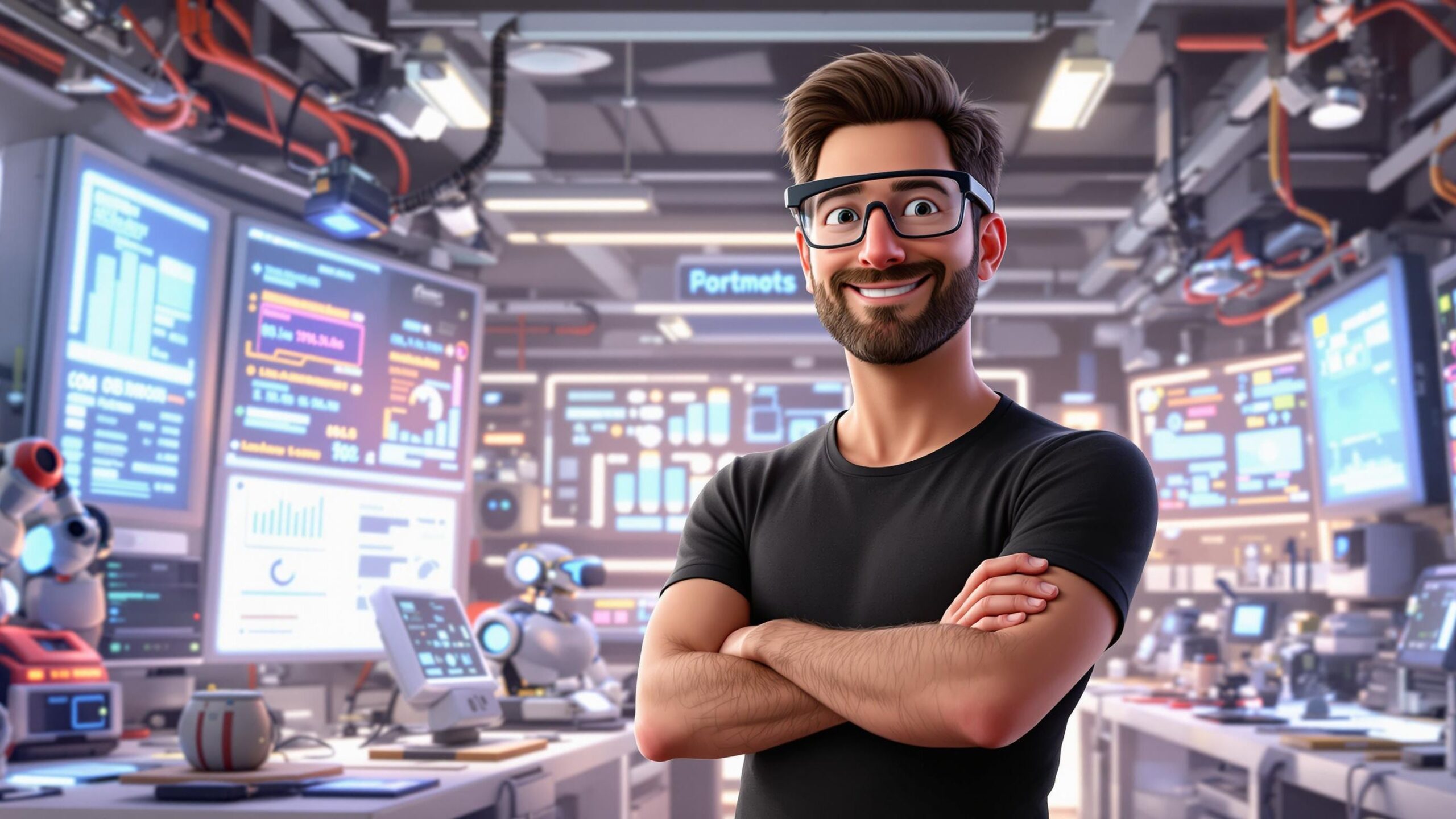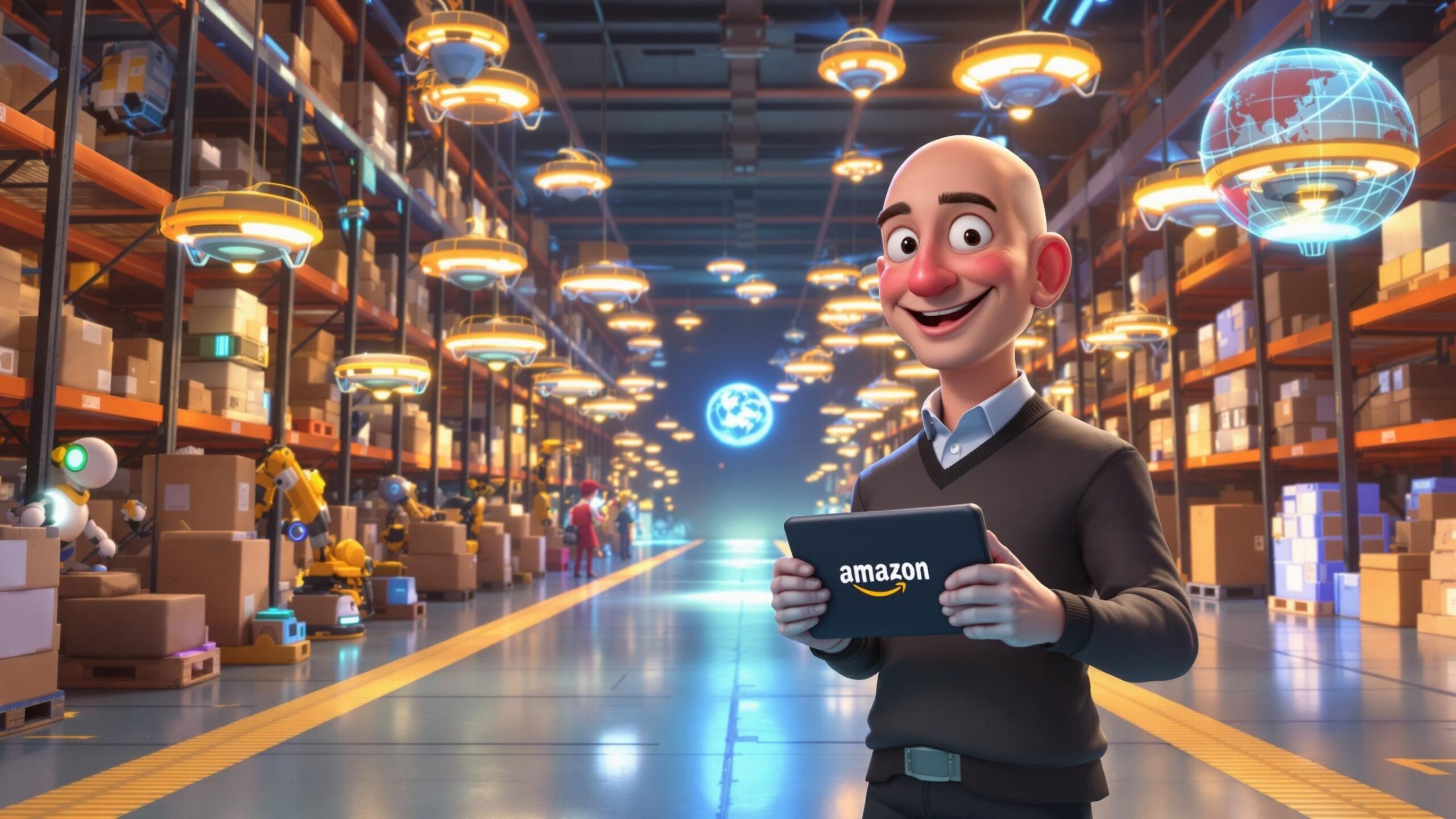When Satya Nadella took the helm of Microsoft in 2014, the company was respected but stagnant—still profitable, but seen by many as a legacy tech firm struggling to stay relevant in the era of mobile and cloud. The once-dominant titan of the personal computing revolution was overshadowed by newer, flashier players like Apple, Google, and Amazon. But Nadella wasn’t interested in flash. He was interested in focus. With empathy, clarity, and a laser-sharp vision for the future, Nadella rewired Microsoft’s culture, strategy, and product lineup from the inside out. Under his leadership, Microsoft didn’t just catch up—it surged ahead. This is the story of Satya Nadella: the CEO who transformed Microsoft for the cloud era and reminded the world that reinvention isn’t just possible—it’s essential.
Humble Beginnings: From Hyderabad to Redmond
Satya Narayana Nadella was born in 1967 in Hyderabad, India. The son of a civil servant and a Sanskrit scholar, Nadella grew up with a passion for both academics and cricket—a sport he says taught him teamwork and strategic thinking. After earning a degree in electrical engineering in India, he moved to the U.S. to pursue a master’s in computer science at the University of Wisconsin–Milwaukee and later an MBA from the University of Chicago. In 1992, he joined Microsoft as a young engineer. Over the years, he rose through the ranks—working on everything from Windows NT to Bing—but it was his leadership in the company’s cloud and enterprise group that marked his defining impact. Nadella saw where the future was heading: not toward disks and desktops, but toward data centers, distributed networks, and seamless digital infrastructure. By the time he was tapped to become CEO in 2014, he wasn’t the obvious choice—but he was the right one.
A Culture of Empathy and Growth
One of Nadella’s first and most crucial decisions wasn’t technical—it was cultural. Microsoft under Steve Ballmer had become rigid, competitive internally, and known for its intense silos. Nadella, in contrast, brought a philosophy rooted in empathy, collaboration, and continuous learning. He urged employees to adopt a growth mindset, a concept borrowed from psychologist Carol Dweck, which emphasized learning from failure, listening over dictating, and encouraging experimentation. In his own words, Nadella said, “We need to be insatiable in our desire to learn.” This cultural reset wasn’t fluff—it was foundational. It unlocked innovation across teams and encouraged cross-functional thinking. By changing how Microsoft worked on the inside, Nadella laid the groundwork for how it would grow on the outside.
Betting Big on the Cloud
Nadella’s defining move as CEO was to embrace and expand Microsoft Azure, the company’s cloud computing platform. He recognized that the future of enterprise technology was not boxed software, but on-demand, scalable, remote services. While Amazon Web Services (AWS) had a head start, Nadella’s Microsoft rapidly closed the gap. Azure became the centerpiece of Microsoft’s business strategy, serving startups, Fortune 500 companies, and governments alike. Microsoft shifted from selling software licenses to offering cloud subscriptions, recurring services, and digital infrastructure. This transition not only modernized the company’s offerings but stabilized its revenue model. Today, Azure is one of the top cloud platforms globally, competing toe-to-toe with AWS and Google Cloud. Nadella’s bet on the cloud didn’t just pay off—it transformed Microsoft into a digital powerhouse once again.
The Office Renaissance: From Product to Platform
Under Nadella, Microsoft Office became more than Word, Excel, and PowerPoint. It became Microsoft 365—a cloud-based productivity suite that integrated AI, communication tools like Teams, and deep cross-device functionality. He recognized that people were no longer tethered to a single device or location. Work needed to be mobile, collaborative, and secure across platforms. Nadella opened up Microsoft’s once-walled garden, bringing Office to iOS, Android, and the web in powerful new ways. The launch and rapid growth of Microsoft Teams during the pandemic solidified the company’s position as a leader in remote collaboration. In just a few years, Teams became a hub for video calls, document sharing, messaging, and integration—challenging platforms like Slack and Zoom while offering seamless Office integration. By reimagining Office as a service rather than a static suite, Nadella future-proofed Microsoft’s productivity empire.
Strategic Acquisitions and Bold Moves
Nadella didn’t just rebuild Microsoft from within—he also made bold acquisitions to strengthen its position. In 2016, he acquired LinkedIn for $26 billion, bringing social networking, sales intelligence, and professional data into Microsoft’s ecosystem. Critics initially questioned the move, but it’s since become one of Microsoft’s most valuable assets. In 2018, Microsoft bought GitHub, the world’s leading platform for open-source development. This move showed Nadella’s respect for the developer community—a group Microsoft had long alienated. It also reinforced the company’s embrace of open-source software, including support for Linux, which would have been unthinkable in the Gates or Ballmer eras. Microsoft’s gaming division also thrived under Nadella. The acquisition of ZeniMax Media (parent of Bethesda) and the massive purchase of Activision Blizzard signaled that Microsoft was serious about the future of gaming—especially cloud gaming, game pass subscriptions, and the metaverse. Through it all, Nadella proved that strategic acquisitions, when paired with cultural integration and technical vision, could accelerate transformation.
AI, Accessibility, and a Vision Beyond Devices
In recent years, Nadella has led Microsoft into the AI frontier. With products like Copilot in Office, Azure AI services, and investments in OpenAI, the company is positioning itself as a leader in responsible, scalable artificial intelligence. Nadella has emphasized ethical AI, transparency, and accessibility—ensuring that technology serves everyone, not just the elite. He has also been vocal about inclusion and accessibility—not just as social goals, but as business imperatives. Under his leadership, Microsoft launched tools for people with disabilities, expanded digital skilling initiatives globally, and committed to sustainability goals such as being carbon negative by 2030. Nadella’s Microsoft isn’t just a company that sells products—it’s a platform for empowerment. His vision expands beyond devices and operating systems to something more human: enabling people and organizations to achieve more.
The Empathetic Engineer Who Reimagined Microsoft
Satya Nadella didn’t storm into the CEO role with sweeping statements or Silicon Valley swagger. Instead, he listened. He learned. And he led—with empathy, intellect, and a steady hand. In doing so, he transformed Microsoft from a tech titan of the past into a company of the future. Under Nadella, Microsoft returned to the $2 trillion club, outpaced its rivals in cloud growth, and reestablished its relevance in almost every sector of tech. But perhaps most importantly, it became a company with a soul again—a place where innovation, inclusion, and integrity coexist. From Hyderabad to Redmond, from engineer to visionary, Satya Nadella’s journey is a reminder that leadership isn’t about being loud—it’s about being clear. And through that clarity, he helped Microsoft find its purpose again in a rapidly changing world.




